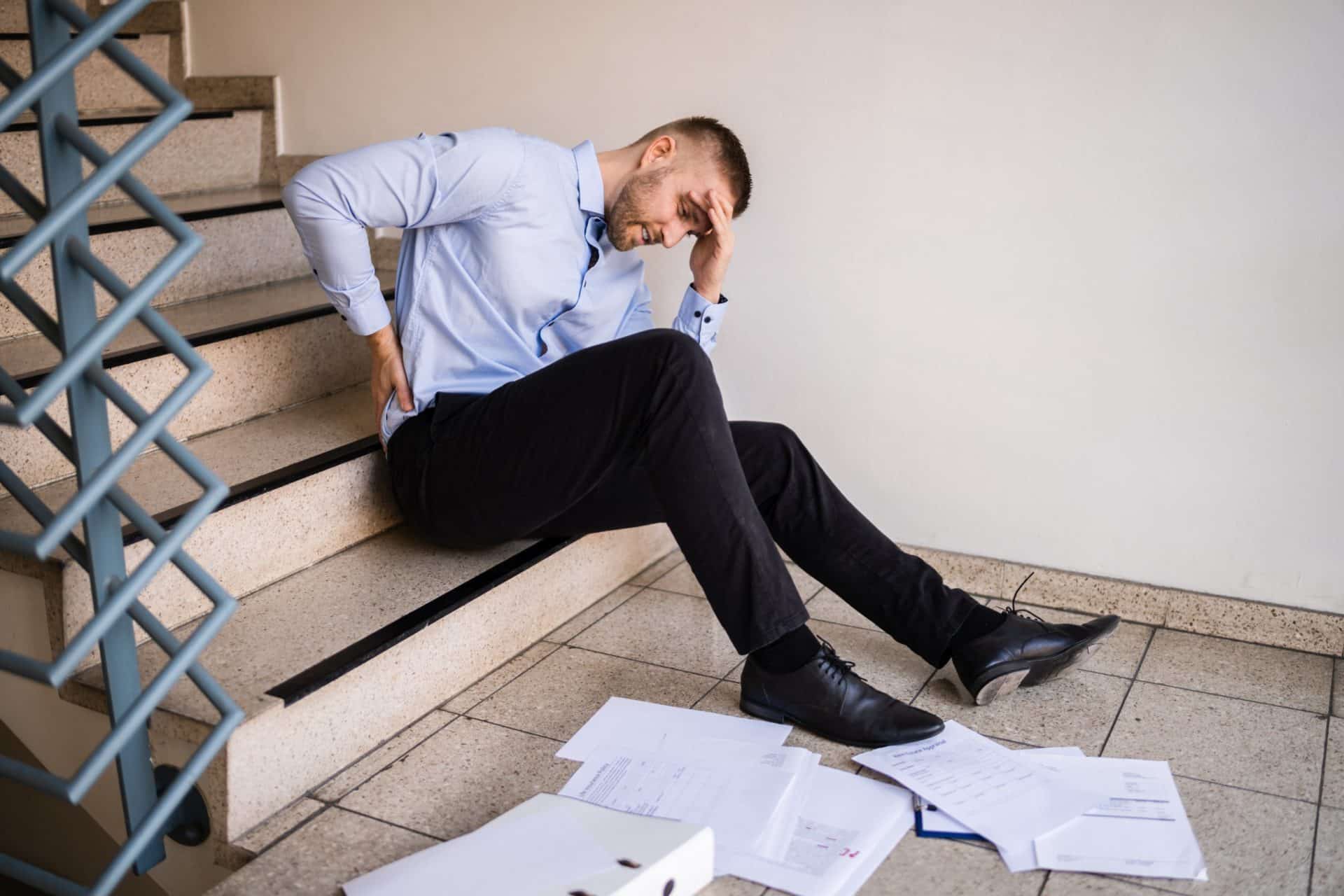Free Consultation
Free Consultation

Most people assume that when they use stairs in a building, they should be able to safely use them with the assistance of a handrail. But sometimes the handrail can be broken, not installed correctly, or simply missing. In these situations, an accident can occur.
If you’ve been injured by a broken handrail in New York, then you may be able to seek compensation. However, you first must understand who may be at fault for your accident and subsequent injuries, which can be more complicated than you think.
Here’s what you need to know about broken handrails and how they relate to premises liability. If you can prove that another was responsible, you may be able to receive compensation for your injuries.
According to the Centers for Disease Control and Prevention, stairs are a common hazard to people no matter their age – but risks increase for those who are older. Stairs are dangerous in many circumstances, such as when they are icy or covered in snow, when they’re wet, when the steps are uneven, when there’s no proper lighting, and when they don’t have adequate handrails – or any at all.
Because of this, it is the responsibility of property owners in New York to take the steps required to remove things that pose hazards for people on their property. This includes replacing things that are broken and can lead to injury – such as a handrail.
Premises liability has many important aspects, one of which is called foreseeability. If the person or company that owns the property should have foreseen that a feature on the property could lead to injury or worse, then they may be at fault for any harm caused by that hazard.
In cases where the stairway didn’t have a handrail or had a broken one, it may have been foreseeable that someone who tripped, misstepped, or slipped on the staircase would fall and become injured without a proper handrail to hold onto.
That’s why, in cases of missing or broken handrails, the owner of the property may be responsible for the losses that you incurred as a result of your injuries. Because they failed to rectify the situation – and they should have known that it presented a hazard.
Of course, handrails aren’t the only things that can be dangerous on a property. In the larger scope of premises liability, stairways can lead to injury due to being cluttered, being slippery, having broken steps, or not having adequate lighting.
Any defective or dangerous condition on a stairwell that leads to an injury can be grounds to sue someone, which is why you should consult with an experienced attorney in the aftermath of an accident involving broken or missing handrails.
You’ve probably been using stairs most of your life, so you likely don’t view them as a dangerous thing. But if it’s not maintained, a stairwell can pose a serious danger to a person’s well-being and health.
Falling on stairs can lead to serious injuries such as:
These injuries can result in high medical bills, loss of income, disability, pain and suffering, and diminished earning capacity.
No matter if you experienced a fall due to a broken or missing handrail on residential, commercial, or government property, you may be able to file a claim of negligence against the property owner.
Every property owner is obligated under the law to keep a premises reasonably safe for anyone who may enter the area. If they understood a hazardous condition existed and did not warn those who entered, then they can be responsible for the injuries that result.
However, you will have to prove a few things in court to be successful in this type of legal case. Your experienced attorney should be able to establish that the property owner owed you care of duty, that they breached that duty, and that the breach was directly responsible for your injuries. Finally, you must show that you incurred damages because of their breach of duty – which is what medical bills, pain and suffering, and loss of income are.
If you are injured on a stairway because of a broken handrail, then you have rights under the law. It’s not okay for property owners to be aware that a hazard existed and simply do nothing about it. That’s why you should contact an attorney as soon as possible after the accident and make sure you have your injuries looked at by a medical professional.